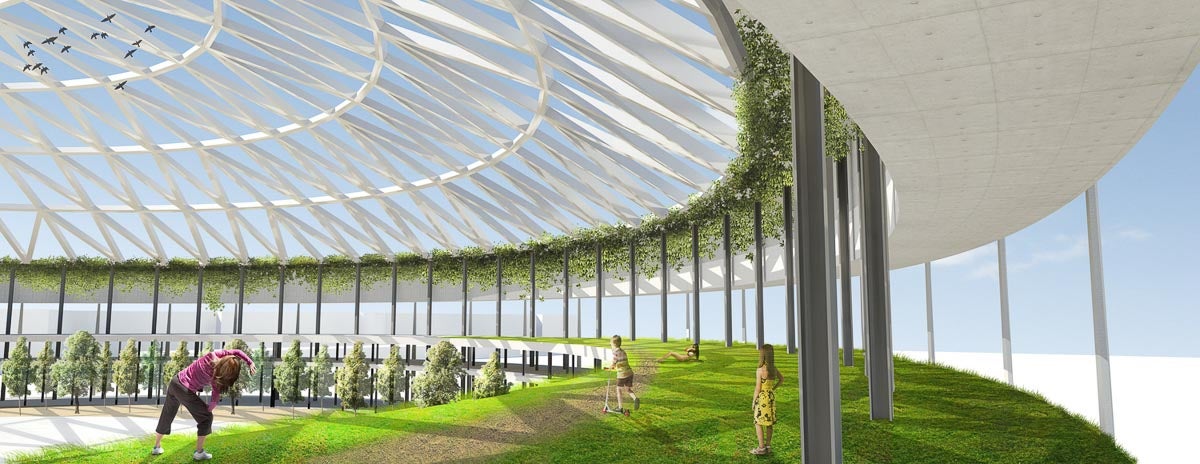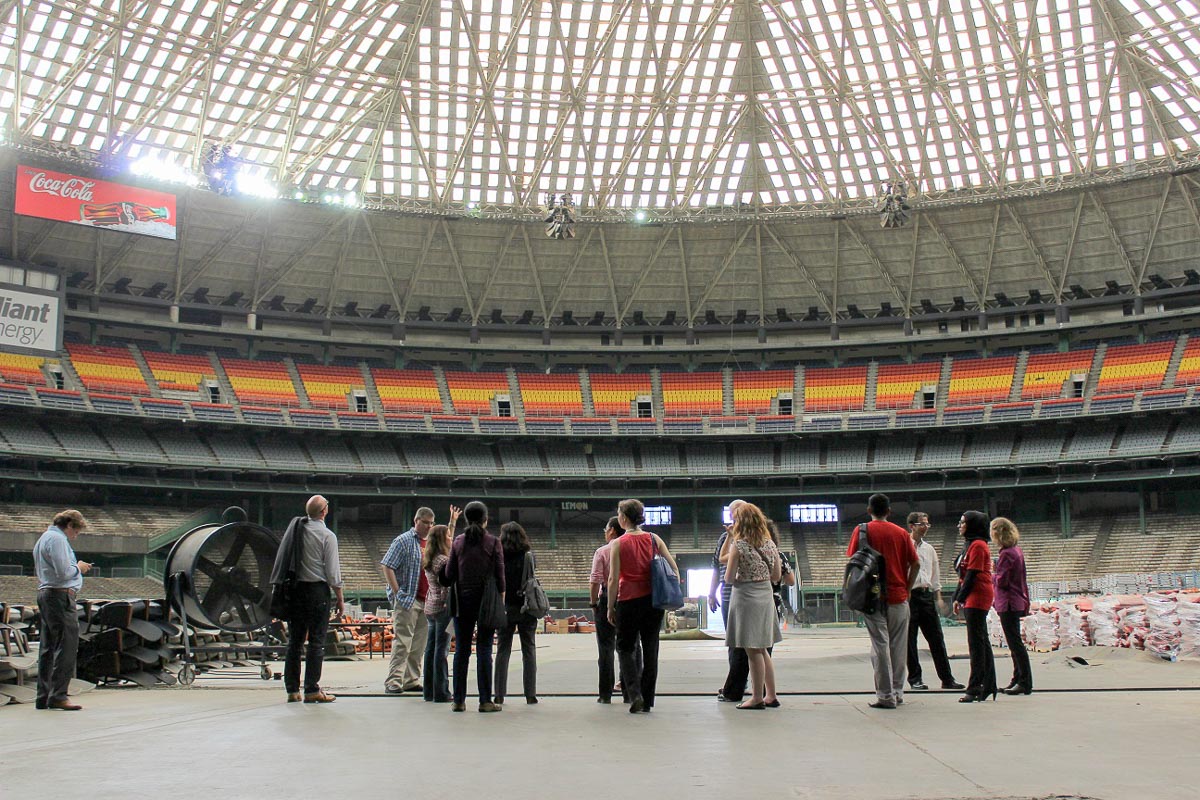The views expressed here are those of the author and do not necessarily reflect the views of the Kinder Institute for Urban Research or its staff.
Next month I’m spending a long weekend with my wife in Los Angeles. When we get there, one of the first places I plan on visiting is the Getty Center.
Built within the Santa Monica Mountains, the campus – to call it a mere art museum would be a vast understatement – offers breathtaking views, dramatic architecture, and exquisite gardens. I first visited it a few years ago. After mentioning to friends and colleagues I was going to Los Angeles as part of a reporting assignment, they all told me the same thing: “you’ve just got to see the Getty.” They weren’t wrong. It’s not really a park. It’s not really a museum. I haven’t seen anything like the Getty anywhere.
Just about every city has a must-see attraction, something indelibly linked to it that not only draws visitors but at times can serve as a symbol of the city. Washington, D.C. has its monuments. San Antonio has its River Walk. San Francisco has the Golden Gate Bridge.
As I think about my upcoming trip, and how I’m always drawn to the Getty when in L.A., I can’t help but think about my hometown of Houston. When friends and colleagues come through town, I can’t come up with one must-see, uniquely Houston destination that “you’ve just got to see.”
Don’t get me wrong. I love the city’s world-class amenities, but I don’t know if any of them is truly unique. Tourism officials here acknowledge that the lack of a single iconic site “has been a challenge.” Our parks system is improving every day single day, but every city has parks, botanical gardens, or something similar. We have impressive theaters as well as an expansive museum district, but every city has theaters and museums. Our restaurant scene is exquisite, but you can find a weekend’s worth of amazing food in just about any city of significant size these days.
The closest thing I can think of is Space Center Houston, but I don’t think it quite fits the bill. There are other NASA-affiliated museums across the country (in Washington, D.C. and Florida). Moreover, the museum is largely aimed at children, and at more than 20 miles from Houston’s downtown, it’s not easily accessible to most visitors.
When I visited the Astrodome last year, I realized it can fill the void.
That’s not a position I’ve always had. Like many observers of cities, I’ve long been skeptical of local governments’ love of using taxpayer dollars to subsidize stadiums. Harris County voters approved new facilities for its professional football, baseball, and basketball teams that all opened in the early 2000s.
Yet voters and elected leaders have struggled to figure out what, exactly, to do with the Astrodome. Since the Astros left the stadium in 2000, there’s been no shortage of proposals for Astrodome reuse, but nobody has figured out how to fund them. In 2013, voters rejected a $217 million plan to repurpose the Astrodome into an event and exhibit space, even though local leaders essentially threatened to demolish the building if the vote failed (so far, they haven't made good on that threat).
I grew up attending Houston Astros and Oilers games, and I have a strong, sentimental attachment to the building. But at the time of 2013 vote, I didn’t consider a potential Dome demolition to be a great tragedy. Of all the ways to repurpose the structure, I couldn’t think of a blander thing to do with the once-thrilling facility. Considering the alternative, I thought, maybe demolition wouldn’t have been so bad.
I changed my mind when I visited the stadium last year as part of a tour with urban planners from across the country. As I stood on the stadium floor, I looked up at dated advertisements dotting a concourse that had been stripped of thousands of seats. Across the stadium floor, I gazed at lockers, concession stands, and other scraps stacked haphazardly on the concrete.
I was struck by how unique an experience this was. It felt like I was walking among ghosts – of Houston’s past leaders, its sports heroes, and my own childhood. It was fascinating, and at the same time, disorienting. I’ve been inside sports stadiums hundreds of times. But never had I done so from this perspective.
If our local leaders deem to take another stab as answering the Astrodome question, rather than proposing some type of modern exhibit hall, they should consider embracing the neglect that today makes the stadium such a compelling place.
When I toured the stadium 50 years after it opened its doors, it wasn’t the impressive engineering that made it so interesting to me. It was its raw, stripped down form, along with the detritus of 15 years of neglect that made it so unique.
Around the world, people are increasingly fascinated by so-called “ruin porn,” or images of abandoned, run-down structures. Those images speak to people and offer them a chance to see something different than the banal architecture that has become common in so many cities.
Houston could capitalize on the growing interest in urban ruins and give visitors the chance to tour a big, old, deteriorating stadium. Nationwide, communities are quick to get rid of stadiums that have outlived their useful lives. But by allowing visitors to have a glance at the Astrodome, warts and all, Houston could offer an experience people can’t get anywhere else.
Rickwood Field in Birmingham, the country’s oldest baseball stadium, may offer an interesting parallel, though on a much smaller scale. Professional baseball left the facility in 1987, but today it functions as a “living museum” that shows visitors what the sport was like when the facility opened 100 years ago.
To do something similar in Houston, the Astrodome would have to be stabilized. Maybe it would even need to be stripped down to its skeleton (see image below), as one architect proposed several years ago. But we should think twice about whether it should be modernized.
Local leaders have long maintained that they the stadium can still be an amenity for the city. But they should realize that it’s not just the building’s structure, but the very fact that it’s a neglected relic, that makes it truly unique.

Image: Ryan Slattery/Slattery Design Studio

